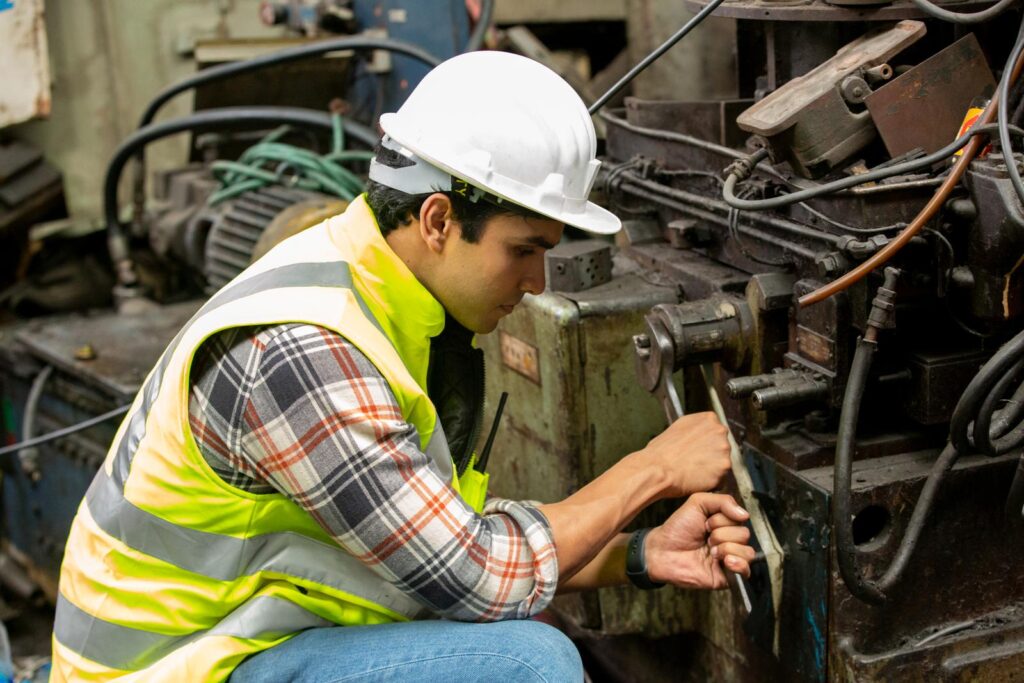Let’s talk about your dream project.
Schedule a free consultation now
Accurate measurements of your conveyor line are critical for ensuring efficient food and seed manufacturing. The right canvas belt size is key for your production system to run smoothly and efficiently. This article will outline the steps for measuring your conveyor line and the importance of choosing the right canvas belt size. With the right measurements and canvas belt size, your production process will be optimized, and your quality and costs will be improved.
You’ll need some basic equipment when measuring your conveyor line for the right canvas belt. This includes a pen and paper for recording measurements, a tape measure for taking measurements, and an optional calculator for determining total length. By having these items ready, you can accurately measure the length and width of your conveyor line and choose the best canvas belt size for your production system.
Accurately measuring the length of your conveyor line is essential for choosing the right canvas belt. The total length of the conveyor line is calculated by taking the distance between the first and the last points. Start by taking a pen and paper and diagram your conveyor line. Then, use a tape measure to measure the length and width of each section of the line. Once you have all of the measurements, add them together for the total length of the conveyor line. You can also use a calculator to double check your results if desired.
To determine the width of your conveyor line, you will need to measure each section separately. Start by measuring the section at the entrance of the conveyor line and then move along the line, taking measurements of each section until you reach the end. Make sure to measure any curves or turns that may affect the width. Once you have taken all the measurements, use a calculator to add them to get the total width. Also, you can use a tape measure to measure the width of any components attached to the conveyor line, such as buckets or hoppers, to include them in your total width measurement.
After accurately measuring the length and width of your conveyor line, you can compare those measurements to the available sizes of canvas belts. This is the best way to ensure you purchase the right size belt for your production system. While choosing a belt that is a bit too small or too big may be tempting, this will only lead to inefficiencies and later equipment malfunctions. When choosing the right canvas belt for your production system, be sure to take into account the shape of the conveyor line. If your conveyor line is curved or follows a zigzag pattern, you may need a different-sized belt than if it were straight. Make sure to buy the right size and shape of canvas belt suited to your production system.
Measuring your conveyor line accurately is an essential part of getting the right size of canvas belt for your production system. It is a simple process requiring a few basic tools and a little time. By measuring your conveyor line and choosing the right canvas belt size, you can benefit from an efficient production process, improved production quality, and cost savings. With the right canvas belt, you can ensure your production system runs smoothly and efficiently for years.

Air slides are an ingenious technology that is crucial in many industries. They are used to convey bulk materials, such as powders and granular substances, in a
Learn more
In every industry, maintaining operational efficiency and extending the life span of equipment are critical considerations. With its complex machinery and demanding
Learn more
Filter bags play a crucial role in various industries by ensuring efficient air filtration and dust collection. However, when faced with extreme dust challenges,
Learn more